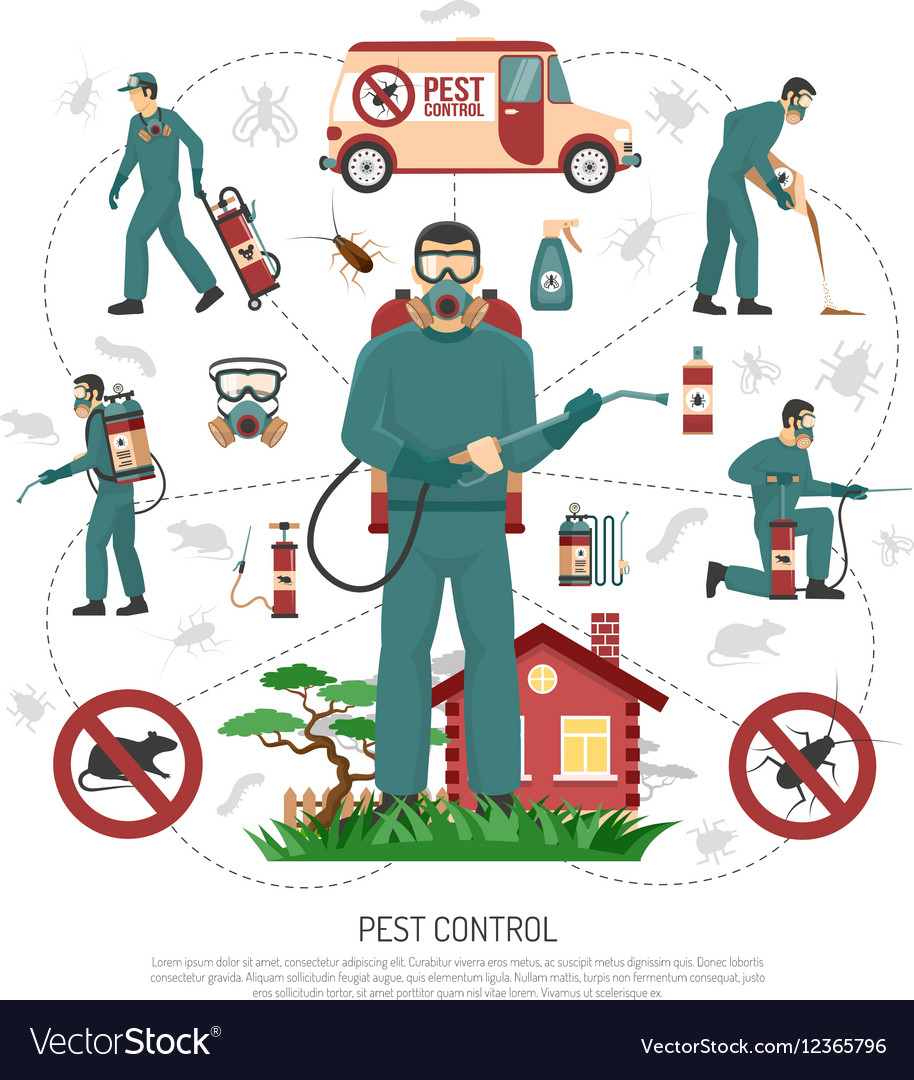Discover The Keys Of Rodent Behavior And Revolutionize Your Bug Control Method! Obtain Expert Insights Now And Say Goodbye To Those Bothersome Critters For Good!
Discover The Keys Of Rodent Behavior And Revolutionize Your Bug Control Method! Obtain Expert Insights Now And Say Goodbye To Those Bothersome Critters For Good!
Blog Article
Post Produced By-Morgan Jakobsen
Picture being able to expect the steps of your challengers in a video game of chess, constantly remaining one step in advance.
On the planet of pest control, understanding rodent habits is like having that tactical advantage. By acquiring professional understandings into the nesting habits, feeding patterns, and interaction and social habits of rats, you can effectively battle these pesky animals.
However exactly how precisely do rats behave, and why is it vital to know? In this conversation, we will untangle the mysteries of rodent habits, offering you with valuable expertise that will aid you stay in advance in the battle versus parasites.
Are go to website prepared to reveal the keys of these cunning animals?
Nesting Habits
To understand rodent actions and properly control insects, it is very important to gain understanding into their nesting routines.
Rodents, such as computer mice and rats, have a natural instinct to locate shelter and produce nests where they really feel secure and protected. These nests act as their homes, breeding grounds, and storage areas for food. Understanding their nesting behaviors can aid you identify potential areas of problem and carry out targeted control measures.
Rats normally choose nesting in dark, private rooms, such as attic rooms, cellars, crawl spaces, and wall surface voids. They utilize products like shredded paper, fabric, insulation, and also chewed-up electrical wires to build their nests.
Feeding Patterns
Rodents show unique feeding patterns that play a vital function in their habits and can inform reliable bug control approaches. Comprehending these patterns is essential for implementing effective insect control procedures.
Rats are opportunistic feeders, indicating they'll consume whatever food is readily offered. They prefer high-calorie foods such as grains, nuts, and seeds. This is why proper storage space of food and waste administration are essential in protecting against rodent invasions.
Additionally, rodents are nighttime, which implies they're most energetic throughout the night when they look for food. By knowing their feeding patterns, you can purposefully position catches and baits to maximize their efficiency.
Maintaining food resources inaccessible and maintaining a tidy environment can assist discourage rats and decrease the risk of problem.
Interaction and Social Behavior
Recognizing just how rats interact and engage socially is crucial for reliable insect control strategies. Rodents, like computer mice and rats, have intricate interaction systems that they use to communicate information to each various other and collaborate their activities. Here are three key facets of rodent communication and social actions:
1. Vocalizations: Rats generate a wide range of vocal noises, consisting of squeaks, chirps, and babbling, to communicate with each other. These articulations can share various messages, such as threat cautions or mating calls.
2. Scent marking: Rats make use of scent glands to leave chemical signals on objects and in their setting. These scent marks work as territorial limits and connect details concerning reproductive status, supremacy, and social association.
3. Social hierarchy: Rats have an ordered social structure, with dominant people having access to sources and preferred nesting websites. Recognizing this pecking order is essential for targeting parasite control efforts and recognizing vital individuals for elimination.
Final thought
So, there you have it - a short peek right into the fascinating globe of rodent habits. By recognizing ant fumigation nesting habits, feeding patterns, and interaction, we can much better take on the concern of bug control.
Did you recognize that a female mouse can create up to 10 clutters annually, with each trash including around 5-6 puppies? This unbelievable figure highlights the importance of punctual and effective insect administration to avoid rodent populations from spiraling out of control.
